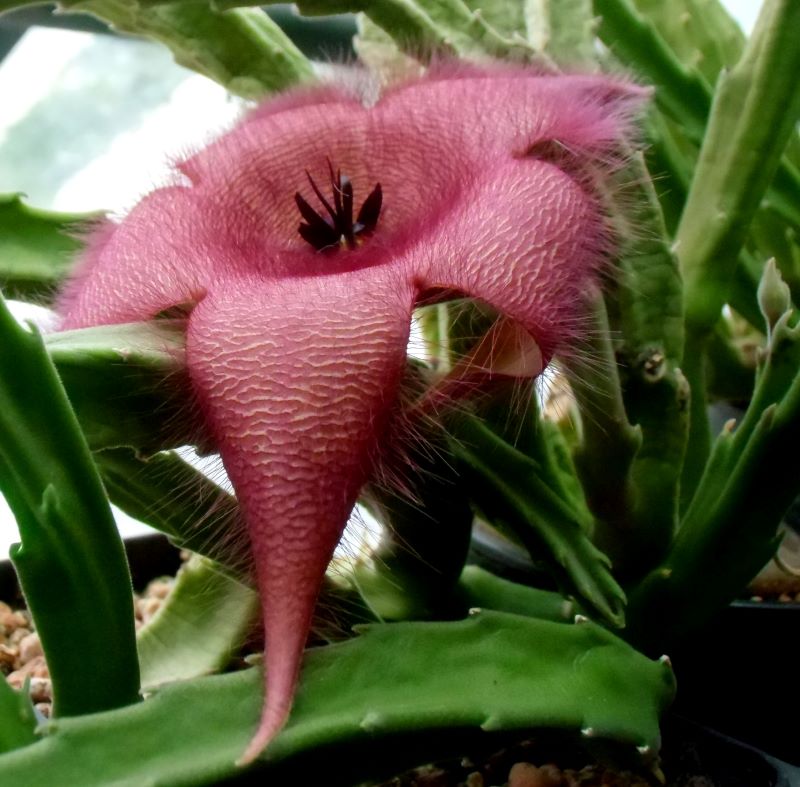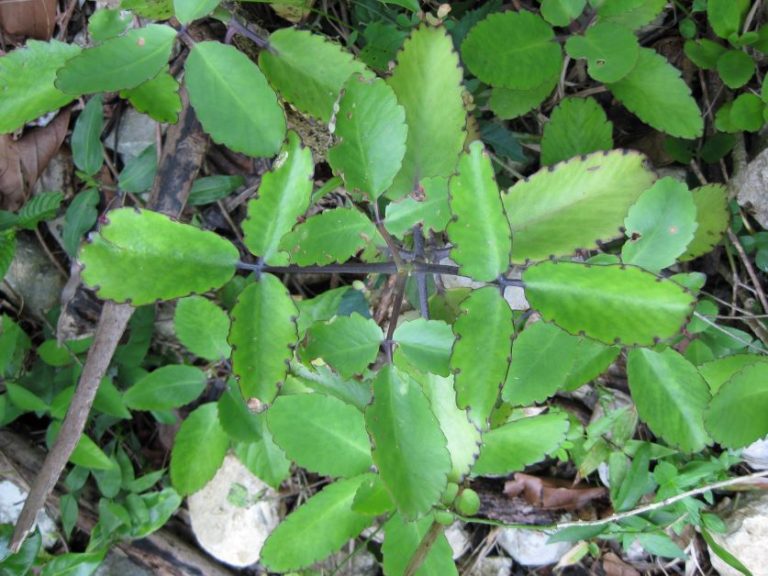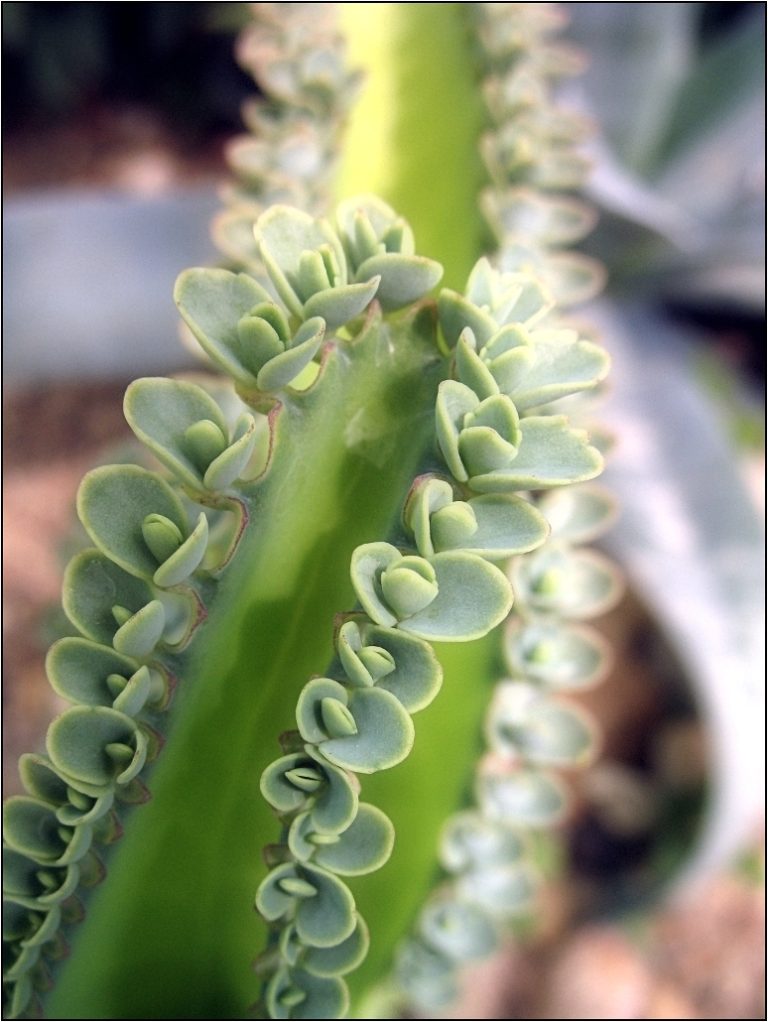Starfish Cactus – The Stinky Flower from Outer Space
Ok, the starfish cactus is actually from South Africa…but it sure looks like it’s from outer space. Although it’s quite boring 75% of the time, this exotic succulent is a stunner (and a stinker) when in bloom.
What is a Starfish Cactus?
When people refer to the starfish cactus, they’re usually talking about the Stapelia gigantea or the Stapelia grandiflora. There are many more members of the Stapelia genus, but these two are the most common.
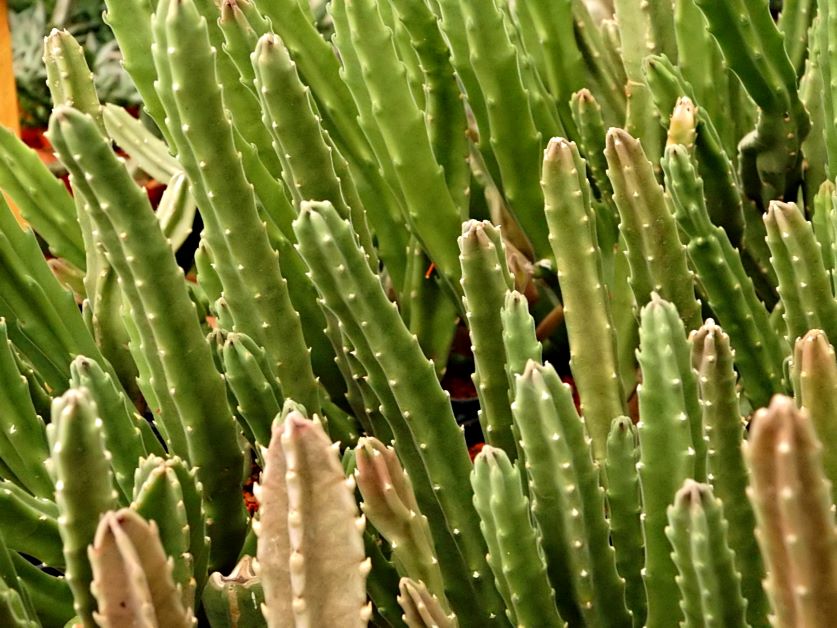
Stapelia gigantea vs. Stapelia grandiflora
These two species are often confused with one another because they share a lot of the same common names. Both are called the carrion flower, toad plant, giant toad flower, starfish flower, and starfish cactus. The Stapelia gigantea is also called Zulu giant.
Even though people call these plants cacti, they’re actually succulents.
The succulents themselves aren’t much to write home about, most of the time. They have many bumpy, spineless stems that grow upwards towards the sky. Clumping and low-lying, they grow wider than they do tall. They reach between 8 and 11 inches in height, with Stapelia grandiflora being the larger of the two.
When they’re blooming, though, they really are a showstopper. That’s also when it’s easiest to tell these two apart.
Starfish Cactus Blooms
Both succulents’ flowers are shaped like a starfish (hence, the name).
The Stapelia gigantea’s bloom is a peachy pink color, with a dark pink squiggly pattern that repeats itself from the outside down into its center. It’s wrinkly, kind of rubbery, and covered in long hairs. Reaching up to 16 inches in diameter, this flower is one of the biggest in the world.
Stapelia grandiflora has the same repeating squiggly pattern as the Stapelia gigantea, but the lines are much closer together. This gives the flower a dark purple appearance. The blooms are smaller at 8 to 6 inches across, are narrower, and have rounded tips.
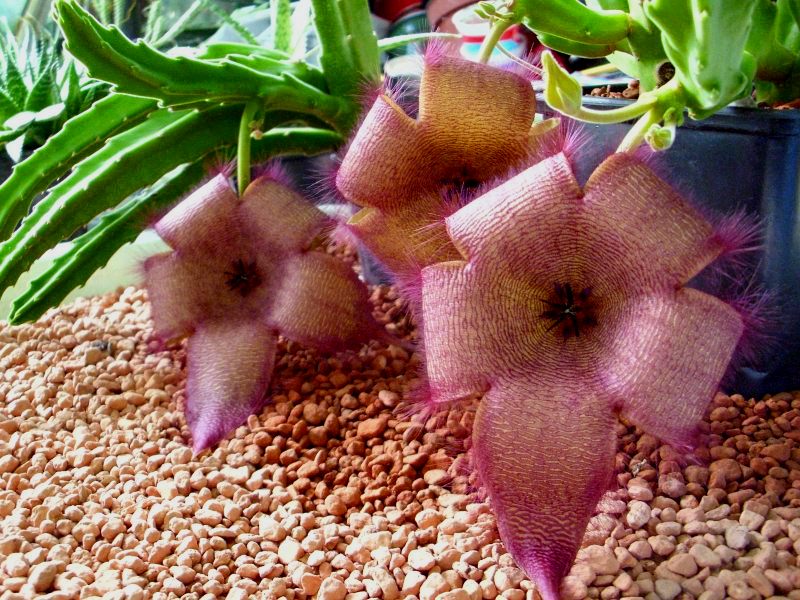
Starfish Cactus Care
This is a plant that thrives on neglect. While that doesn’t mean that you should ignore it completely, it doesn’t take much to keep the starfish cactus happy.
Light
Starfish cactus likes partial to full sun. They do need bright light, but you’ll want to give them some protection from the harshest rays.
Temperature
People living outside of hardiness zones 9 through 11 will need to keep their starfish cactus as a houseplant. The plants do need consistent warmth and will get damaged in cold weather.
Keep your starfish cactus outside during the warm parts of the year (and when it’s blooming) and bring it inside during winter to protect it from the cold.
Floridians in zone 9B and lower should be able to keep their starfish cactus outside year-round.
Soil
Cactus and succulent potting mix work great for this plant. As long as the soil is well-draining, starfish cactus isn’t too picky. You don’t need to fertilize.
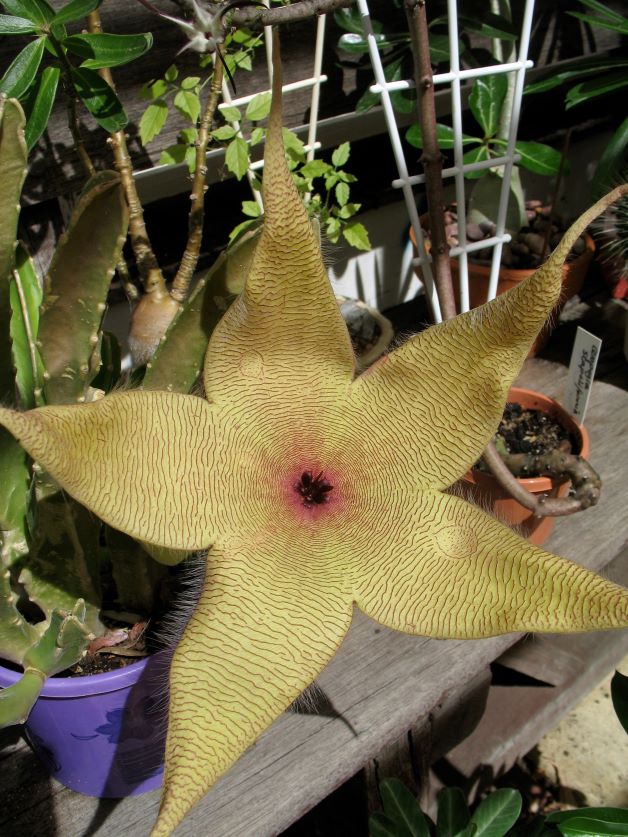
Water
Being a succulent, this plant needs more water than a cactus. Don’t let it get dry as a bone, but don’t keep it soggy, either. Watering it once a week should be enough.
Floridians summer can skip watering in the summer because of the rainy season.
Pruning
Pruning is optional but not required. Starfish cactus prefers to be crowded in a pot and will drape over the sides as it grows. If you want to prune to make the plant more manageable, you should do so when it’s not blooming.
You can cut the flowers off their stem after they die, or you can let them drop off on their own.
Starfish Cactus Propagation
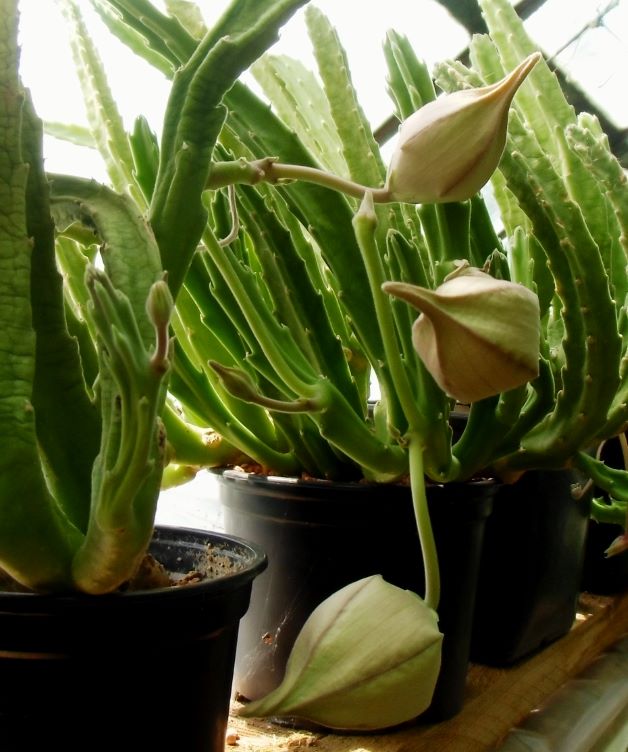
As with any succulent or cactus, the quickest way to propagate a starfish plant is through cuttings.
In the spring, use a knife to cut off a healthy stem from the base. Set the cutting aside and let it dry for a day or two to allow the wound to scab over. Once the cut end is dry, stick it in a pot filled with succulent mix and water it in. Make sure to plant it cut side down.
Compared to other succulents, starfish cacti are also easy to grow from seed. Once your starfish cactus blooms, you’ll find flat seeds in the middle of the flower. Remove the seeds and set them aside for a few days to dry them out. You can also find seeds online.
When you’re ready, plant your seeds into a starter pot or tray filled with cactus potting soil. Don’t bury them deep – only cover them with a thin layer of soil. Mist them with water and keep them in a warm, sunny spot. They’ll need temperatures between 75 and 95 to sprout. Water as needed – make sure they’re moist but not soggy.
Carefully transplant your seedlings into a bigger container when they’re 2 or 3 inches tall.
Starfish Cactus Troubleshooting
Incorrect Watering
Starfish cactus is low-maintenance – you probably won’t encounter too many problems with this plant. Most of the issues you’ll experience are due to incorrect watering.
If you overwater, your starfish cactus will develop fungus problems or even rot. You’ll know you have a fungal infection if you get black, mushy spots in the stems. If you see signs of rot, trim off the afflicted stems, water your plant less, and consider putting it in a sunnier spot.
To stop the spread of fungal disease, always be sure to sterilize your pruning shears or knife between cuttings.
Rot is also a sign that your soil isn’t draining well enough. You may need to add perlite, pebbles, or sand to your potting mix.
If you underwater, your starfish cactus will shrivel and wilt. Watering more often will help.
Starfish Cactus Pests
Mites and Aphids
You may see mites or aphids on your Stapelia. If you do, wipe them off with a 50/50 mix of rubbing alcohol and water.
Scale
Scale is harder to remove than mites and aphids because of their hard outer shell. Scale looks like hard brown bumps on the stems of your succulent. Carefully scrape the scale from your plant using a blade or tweezers.
First photo credit: Forest and Kim Starr
Disclaimer : I get commissions for purchases made through links in this post at no extra cost to you.

